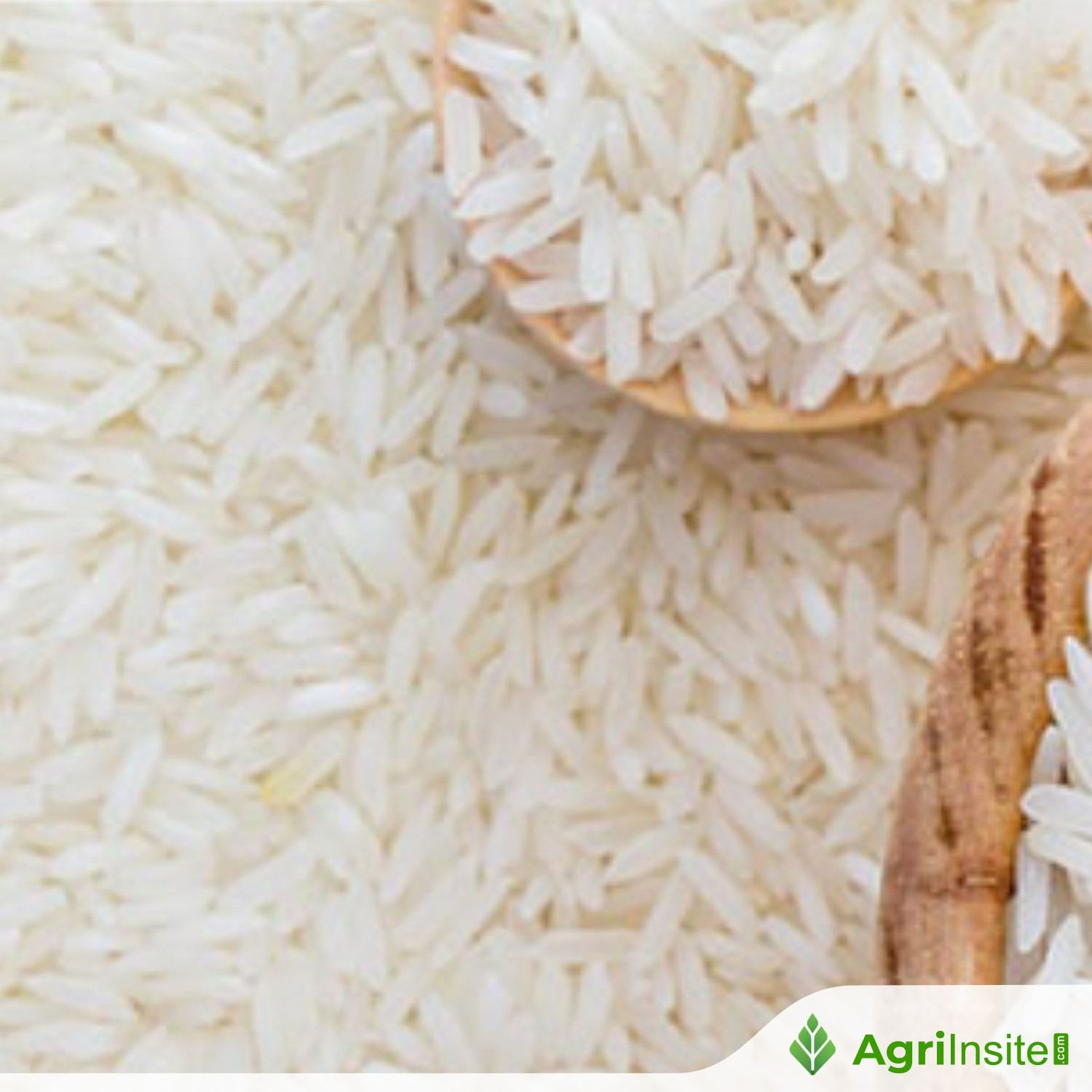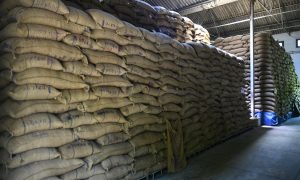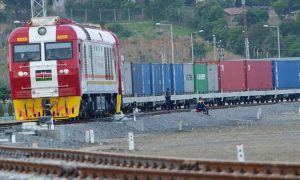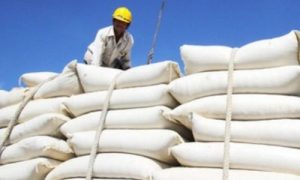Japan Faces Rice Shortages As South Korea Handles Oversupply

Japan is battling rice shortages and soaring prices due to poor harvests, aging farmers, and outdated policies, while South Korea faces a surplus crisis, depressing prices and forcing crop shifts. Both nations must reform agricultural systems, modernize farming, and align production with demand to ensure food security and economic sustainability.
Two of Asia’s most advanced economies, Japan and South Korea are facing opposite ends of a growing problem in the agricultural sector in terms of rice market instability.
While Japan faces acute shortages and soaring prices, South Korea is grappling with an oversupply crisis that is threatening the viability of its rice-farming sector.
These imbalances in supply and demand are not merely food security issues. They carry far-reaching implications for fiscal policy, trade dynamics, agricultural strategy, and broader economic resilience.
In Japan, rice prices have more than doubled compared to a year ago. Retail prices for a standard 5kg pack reached an average of US$27 in July, forcing the government to release emergency reserves.
However, those stockpiles are now dangerously low, with just 100,000 tonnes of rice left – well below optimal levels for a country that has long viewed food security as strategic.
The shortage is being driven by a mix of poor harvests due to extreme weather, declining domestic production, and an aging agricultural workforce. The spike in tourism post-COVID has also accelerated domestic demand, further tightening the supply-demand gap.
To meet market needs, private sector rice imports surged to 10,600 tonnes in May, mostly from the United States – up from just 115 tonnes the previous year, marking a rare break from Japan’s long-standing protectionist stance on rice imports.
Under World Trade Organisation (WTO) rules, Japan imports 770,000 tonnes of rice annually. But additional imports incur steep tariffs of around US$2.30 per kilogram, making such moves economically painful.
Farmers like Kazuyoshi Fujimoto in Kakogawa city are increasingly reconsidering rice cultivation altogether due to high input costs and equipment maintenance expenses.
“Eventually, I plan to move entirely from paddy fields to growing figs,” he noted, pointing to the J¥5 to 6 million (US$33,000-40,000) required to replace malfunctioning machinery.
Japan’s long-standing policy of paying farmers to reduce rice acreage – introduced in the 1970s to address overproduction – now appears to be backfiring. With annual rice production falling from 14.45 million tonnes in 1967 to under seven million tonnes last year, analysts argue that production targets need urgent reassessment.
South Korea’s Surplus Threatens Market Sustainability
Meanwhile in South Korea, oversupply has suppressed rice prices so severely that in some regions, surplus stock is being offloaded at deeply subsidized rates, including giveaways to low-income households. Government storage facilities currently hold 1.2 million tonnes of rice, worth nearly US$1.9 billion.
This glut stems partly from structural inefficiencies. The government annually purchases and imports rice to stabilize prices, including mandated imports of 408,000 tonnes under WTO rules. But these measures have created artificial market distortions that farmers say are unsustainable.
“There’s a disconnect between supply and actual demand. Imports are undercutting domestic prices, and farmers are bearing the brunt,” said Gu Gwang Seok of the Korean Peasants League.
As profit margins shrink, farmers like Kim Jun Hyeong in Haenam are shifting to more profitable crops such as beans.
“My income has almost doubled since I switched half my farmland to beans,” he said, citing government incentives and reduced labour intensity.
Trade, Policy, and Productivity at a Crossroads
The contrasting situations in Japan and South Korea expose a fundamental flaw in current agricultural policy across the region: a lack of flexibility and long-term strategic planning.
Both countries operate highly centralised agricultural systems through powerful cooperatives – JA in Japan and Nonghyup in South Korea – which dominate procurement and pricing. While these systems once supported rural livelihoods, they now act as barriers to modernisation and market efficiency.
In Japan, researchers like Kazuhito Yamashita of the Canon Institute for Global Studies argue that farm consolidation and mechanization are the only viable paths forward.
“The key is to incentivise older, part-time farmers to lease land to full-time operators. But this faces strong political resistance from entrenched cooperatives,” he said.
Despite bleak outlooks for traditional rice cultivation, both economies are finding pockets of opportunity through diversification. In urban South Korea, consumer demand is growing for alternative rice-based products.
Businesses like Rike Bakery are capitalising on this by using rice flour instead of wheat, tapping into a rising preference for locally sourced, perceived-healthier alternatives.
Still, experts warn that such niche markets cannot offset the broader structural issues. Without comprehensive reform – spanning everything from trade policy and land use to cooperative governance and climate resilience – both countries risk prolonged agricultural inefficiency and food market volatility.
Japan’s rice shortage and South Korea’s surplus reflect deeper vulnerabilities in the region’s food systems. Policymakers now face a critical decision: either reform outdated frameworks to adapt to shifting market realities, or risk further economic strain in a sector that underpins both national identity and food security.
With climate change accelerating crop risks, and global trade becoming increasingly volatile, the time to act is narrowing.
To Read more about Rice News continue reading Agriinsite.com
Source : SME















